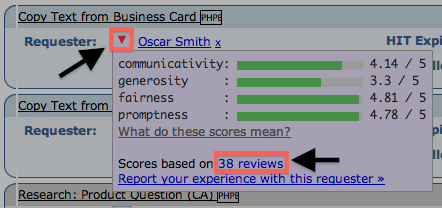mTurk, which stands for Mechanical Turk, is a service platform provided by Amazon which allows requesters to post various tasks or HITs for workers to do on their computer.
The Turk, also known as the Mechanical Turk or Automaton Chess Player (German: Schachtürke, "chess Turk"' Hungarian: A Török), was a fake chess-playing machine constructed in the late 18th century. From 1770 until its destruction by fire in 1854, it was exhibited by various owners as an automaton, though it was exposed in the early 1820s as an elaborate hoax. Constructed and unveiled in 1770 by Wolfgang von Kempelen (1734–1804) to impress the Empress Maria Theresa of Austria, the mechanism appeared to be able to play a strong game of chess against a human opponent, as well as perform the knight's tour, a puzzle that requires the player to move a knight to occupy every square of a chessboard exactly once.
The Turk, also known as the Mechanical Turk or Automaton Chess Player (German: Schachtürke, "chess Turk"' Hungarian: A Török), was a fake chess-playing machine constructed in the late 18th century. From 1770 until its destruction by fire in 1854, it was exhibited by various owners as an automaton, though it was exposed in the early 1820s as an elaborate hoax. Constructed and unveiled in 1770 by Wolfgang von Kempelen (1734–1804) to impress the Empress Maria Theresa of Austria, the mechanism appeared to be able to play a strong game of chess against a human opponent, as well as perform the knight's tour, a puzzle that requires the player to move a knight to occupy every square of a chessboard exactly once.
Through mTurk, Amazon facilitates work between requesters and workers.
Requesters, which range from Universities to various companies, post work on mTurk in the form of human intelligence tasks (HITs). These HITs include surveys, SEO work, data mining, and other various tasks. Once completed by the worker, the requester will then approve or reject the work based on the workers performance. If approved, payment is made into the workers Amazon Payments account.











